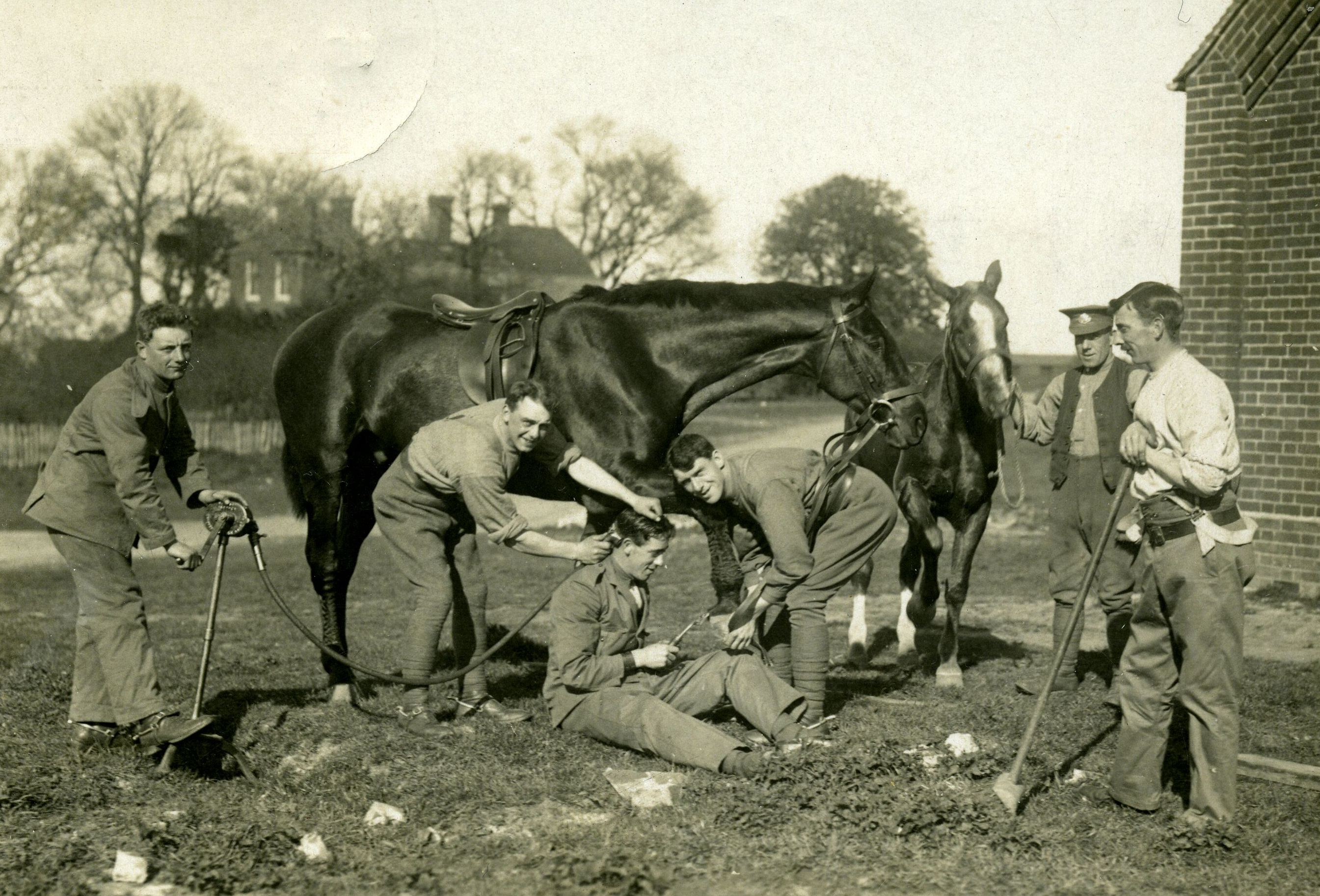Drill Halls
Drill Halls at the onset of the Great War
The Territorial Force had been established in 1908 to provide a reserve of trained men to defend the country in war and allow the regular forces to be deployed overseas. Each unit required a drill hall for training, an armoury and store for equipment, an indoor rifle range, accommodation for offices and often a home for the drill sergeant. Local County Territorial Associations were responsible for their provision and the approach varied in both style and numbers.
Yeomanry, Rifle and Artillery Volunteers had been in place since the 1860s with sometimes grand drill halls built by wealthy patrons or by public subscription.
Since 1914 a large number of the halls have been demolished and many repurposed.
The idea for the article came out of a general discussion on suitable subjects for the Great War Centenary. The widespread distribution and local interest lends itself to a collaborative project on Geograph.
Starting from an on-line county list at drillhalls.org for England and Wales soon showed that there were rather more than originally thought and that many were not identifiable as drill halls from their current names or uses. A copy of Mike Osborne’s ‘Always Ready’ book published in 2006 provided a valuable source for checking information. In Scotland it was more straightforward as Historic Scotland had commissioned a review of their Great War ‘Built Heritage’ in 2013 by Dr Gordon Barclay.
A county list was prepared listing location and the unit believed to have been using the hall in August 1914. The Geograph page was checked for existing photographs. Sometimes there was a new building on the site. As the reference information may be over 10 years old the next step was Google Streetview to check if the hall was still there but even this could be 5 years old.
Historic mapping was used to identify some sites where locations were unclear or inaccurately recorded.
The listing was compiled in February to May 2014 and included nearly 700 drill halls with 50% photographed. By May 2015 the number of halls identified had increased to 734, of these 652 (90%) have been photographed.
Over 220 contributors spread throughout the British Isles have taken on whole county areas or individual halls. Some keen contributors have even researched the architects, drill sergeants and units.
Demolition has caught up with quite a number of the halls including a couple I have visited. In some cases we have been lucky to have archive pictures but for others there is a cleared site, new building or road name.
The project is ongoing with further assistance required to record the remaining eighty sites.
The Geograph project aims to collect, publish, organise and preserve geographically representative photographs and information for every square kilometre of Great Britain and Ireland. Through the Geograph website the geographical database is freely available to the public. The article provides a comprehensive web-based snapshot of the current state of the drill halls and can be found here.
Following on from the first Home Front Legacy ‘Day School’ in Waltham Abbey a representative collection of seventy drill halls have been successfully added to the Home Front Legacy website using the recording app.
John M, for the Geograph Drill Halls project











